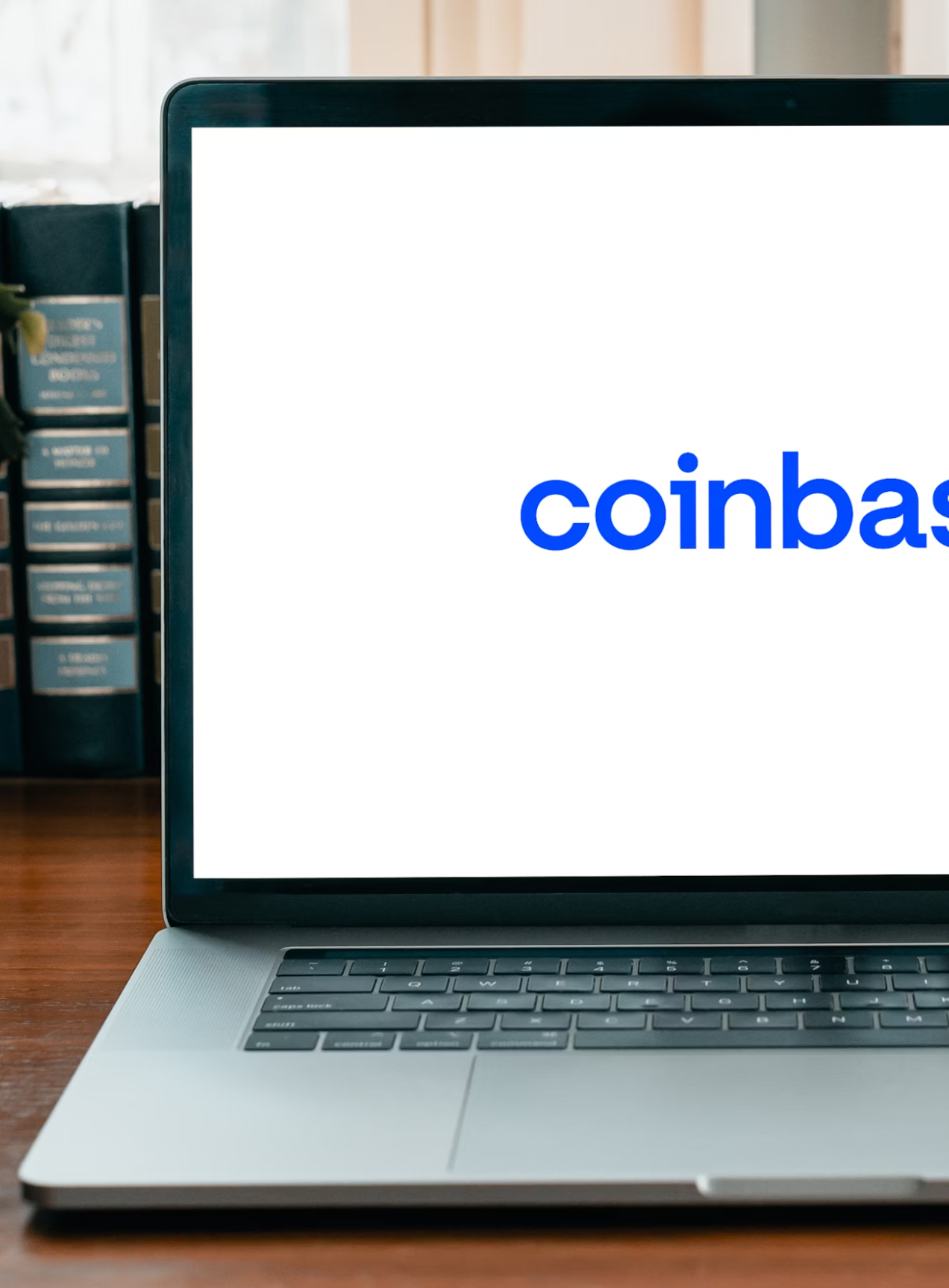In the vast world of intellectual property, trademarks stand as valuable assets for businesses. Unfortunately, this significance has not gone unnoticed by scammers and fraudulent entities looking to exploit unsuspecting trademark holders.
Scammer’s Process
The scammer consistently monitors recently submitted trademark applications, pinpointing the contacts for a subsequent call a few days later. The fraudulent scheme involves impersonating a USPTO employee and reaching out to the target using a Caller-ID spoofed phone number. Below is the playbook detailing the steps the scammer follows.
Introduction
The scammer presents themselves as a USPTO representative currently in the process of approving the trademark. They claim the necessity to conclude the application over the phone.
Verification
The scammer describes details of the trademark application, leveraging publicly available information. They then proceed to confirm key elements such as the trademark name, the submitter’s identity, and the associated company information.
Assuring
The scammer attempts to establish legitimacy by encouraging the potential victim to ‘Google’ the provided phone number. As the phone number is spoofed, the search yields results resembling uspto.gov. It’s worth noting that we have observed the scammer spoofing the phone number ‘800-786-9199’.
The Scam
After successfully building trust, the scammer informs the potential victim that they are ready to approve the trademark. However, to proceed with the approval, the potential victim is told they must make a payment of $250.
Individuals unfamiliar with the trademark process are at a higher risk of falling victim to the scam and losing $250.
Email Scams
In addition to the caller ID spoofing scam, scammers also target trademark submitters through email communication. Figure 1 provides an example of scammer emails related to trademark scams.

How to Protect Yourself
Verify the Source: Always verify the legitimacy of any communication regarding your trademark. Official government offices typically communicate through official channels, and their correspondence is easily verifiable.
Understand Renewal Procedures: Be aware of your trademark renewal schedule and procedures. Official renewal notices typically come directly from government offices, not third-party entities.
Research Service Providers: Before engaging any service provider for trademark-related services, conduct thorough research. Check reviews, testimonials, and the provider’s reputation within the industry.
Conclusion
Protecting your trademark is paramount in preserving your brand’s identity and value. By staying informed about common trademark scams and adopting a vigilant approach, you can navigate the intellectual property landscape with confidence, safeguarding your assets from fraudulent activities.





